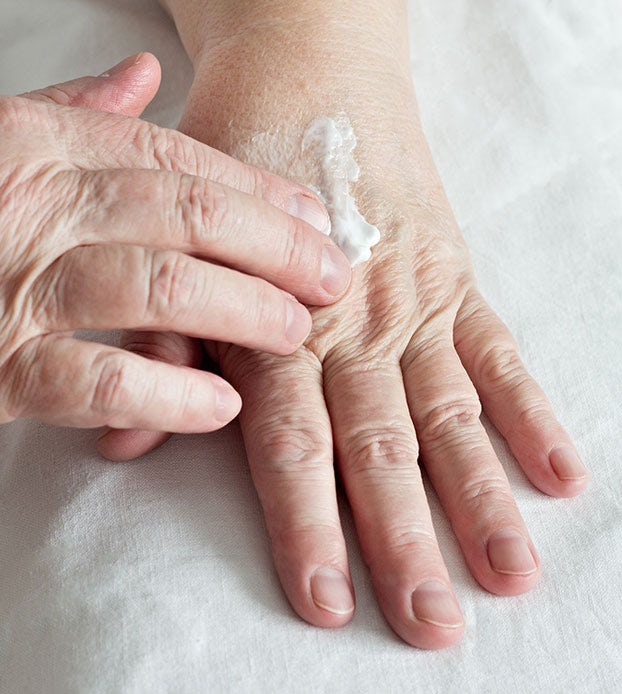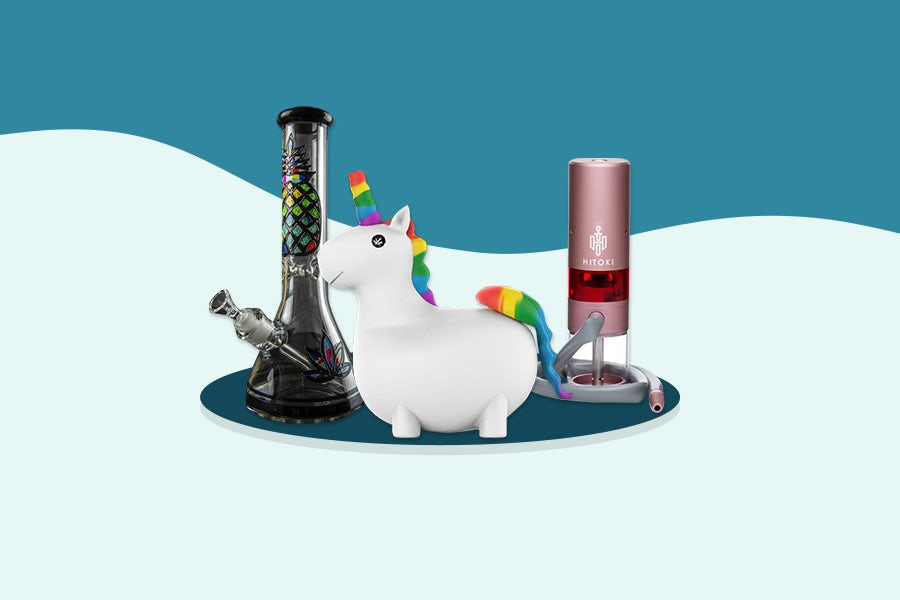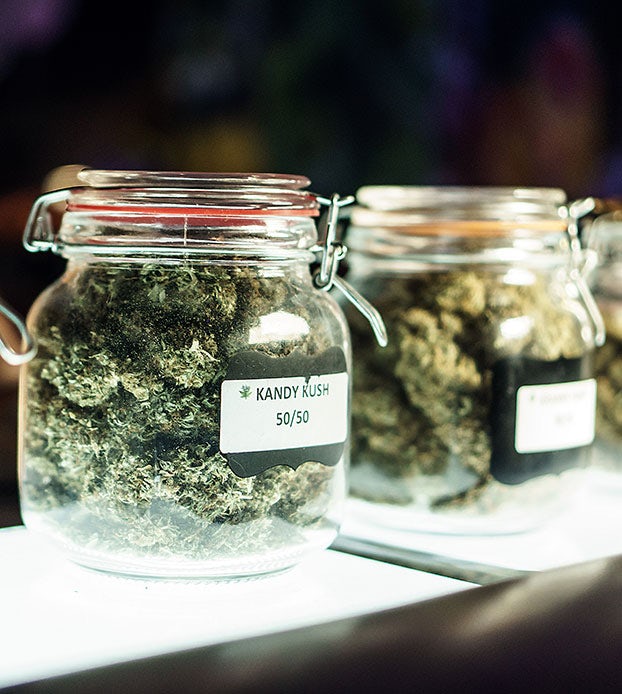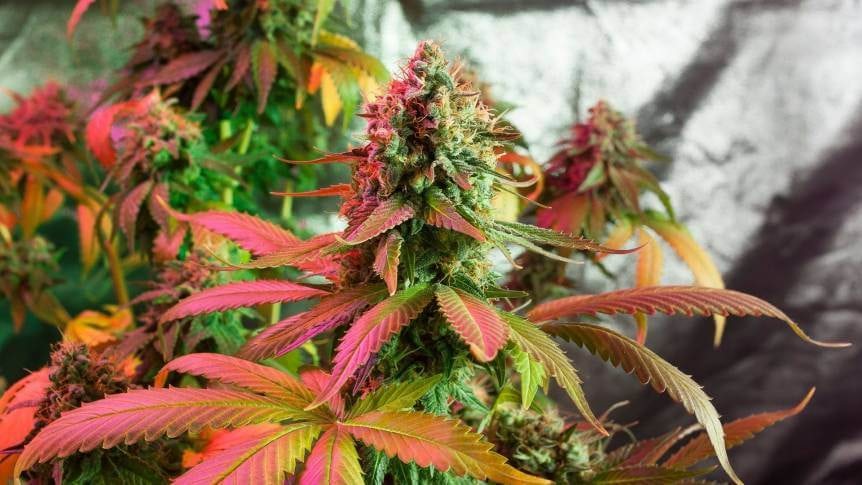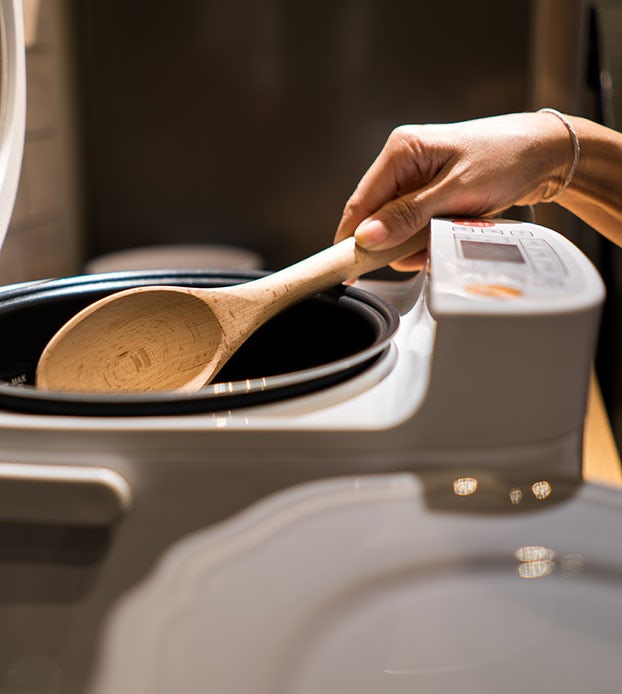Ready to try cannabis, but nervous about – well, everything? You’re in the right place.
As cannabis legalization spreads across the US, and the world, the number of people trying cannabis for the first time is on the rise. But approaching cannabis can be nerve-wracking, even in the legal market.
Luckily, thousands of people turn to the plant for help relaxing, sleeping, reducing pain, or just to have a good time; and you can be one of them too. Here’s everything first-time cannabis smokers need to know.
Yes, cannabis is safe
Despite what the War on Drugs propaganda wanted you to believe, weed is actually a remarkably safe substance. Evidence that humans have smoked cannabis dates back over 2,500 years and cannabis has been used medicinally, religiously, and recreationally for millennia. 1
There are no recorded deaths due directly to overconsumption of cannabis, a drastic difference from the 95,000 Americans estimated to die from alcohol-related causes and the 480,000 Americans who die from cigarette-related illness every year.
How to smoke cannabis for the first time
There are many different ways to approach smoking weed, and which way you choose depends on your budget and comfort level. For simplicity’s sake, edibles and concentrates are excluded from this article.
Most beginner-friendly ways to smoke:
Other ways to smoke:
What to expect when getting high?
Getting high is both a mental and physical sensation that is different for everyone. How you feel when high depends on several factors, including:
- your tolerance level
- your environment
- what type of cannabis you consume
- how you consume it
- your unique endocannabinoid system
You may feel relaxed, giggly, or joyful. Many people feel lighter, less stressed, and more easily amused. Your mind may quiet down or you may have trouble concentrating, leaving sentences off unfinished. You may feel inspired and more creative, or tired and sleepy. You may want to work out, go for a walk, clean the house, or take a nap.
Of course, like any psychoactive substance, your experience will be dictated by how much cannabis you consume, what type of product you consume, how you ingest it.
Getting the dose right
The single most important factor that dictates your cannabis experience is how large your dose is. The dose tolerated by heavy weed smokers like Snoop Dogg or one of your buddies who tokes every day is FAR higher than the dose for a new smoker.
For this reason, the doses recommended here may seem low considering a full 0.5 gram joint of 22% THC would contain a whopping 110mg of THC. But remember that only about ~12% of what we smoke is delivered to the lungs when we smoke, so a person who smoked this whole joint took a dose of only around ~14mg of THC. 2
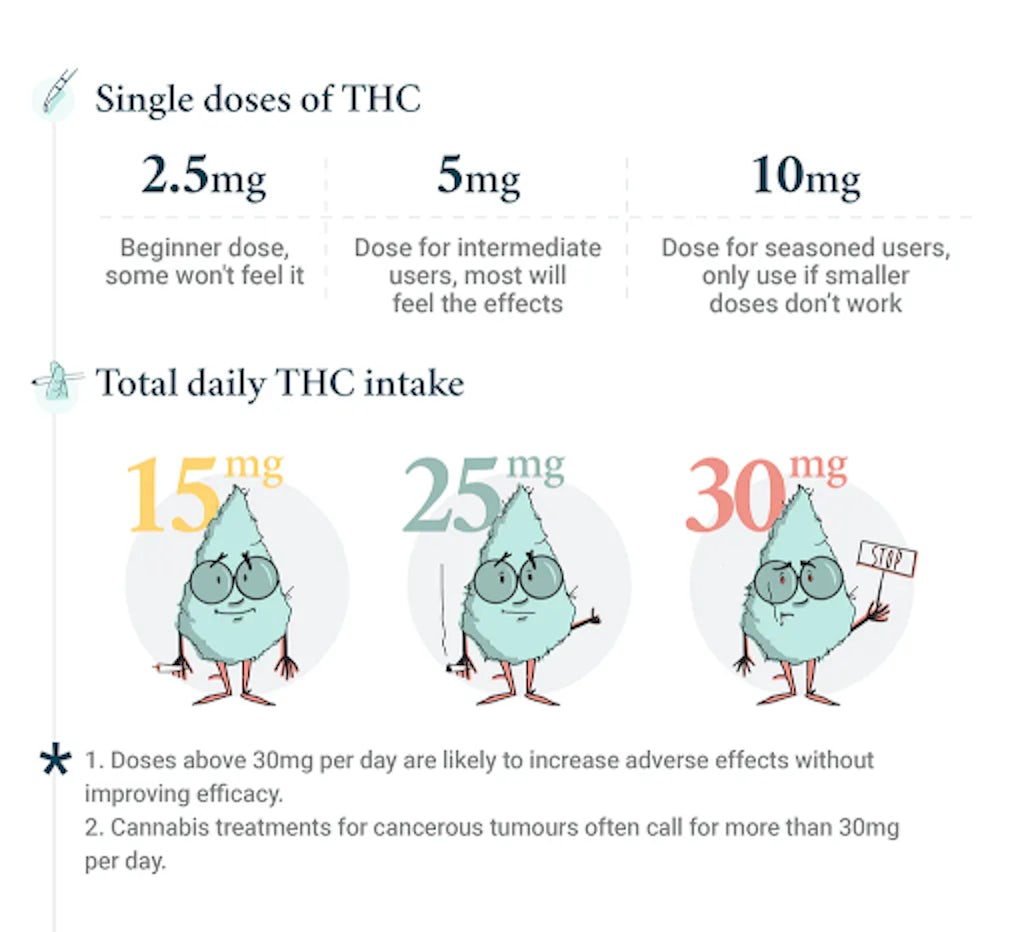
Will I get high the first time I smoke?
If it’s your first time smoking weed, don’t be alarmed if you don’t get high; this has been known to happen. Why exactly is not clear to scientists, but it has been noted in numerous studies. 3
With weed, it’s thought that the high is so nuanced for some people that they have to “learn” what being high feels like. Of course, there are other proposed reasons as well, such as you may not get high because you’re not breathing correctly.
That’s right, there’s a right and a wrong way to breathe in order to get high!
| Do | Don’t |
|---|---|
| Breathe in deeply when you inhale, letting the smoke travel into your lungs | Hold the smoke in your mouth or your throat. Inhale it with a short, hard in breath |
| Exhale gently, and breathe deeply in between hits | Hold your breath; most cannabinoids are absorbed in a matter of seconds. Anything you hold in your lungs for longer than 3 seconds is unnecessary |
| Assess how you’re feeling after one hit – wait 10-15 minutes | Take too many hits – go slowly waiting up to 15 minutes between hits |
| Cough – if you need to. Coughs suggest you’ve taken too large of a hit | Hold back your cough – it won’t help |
What does being high feel like?
Being high feels different for everyone, but most people feel lighter, more relaxed, and happier. 4
Physically, you may feel:
- relaxed
- lightheaded or dizzy
- cottonmouth
- heightened or lowered sense of awareness
- food cravings (the munchies)
- off-balance
- sleepy or tired
- dry or tired eyes
- heaviness in the body
Mentally you may feel:
- giggly
- more creative or inquisitive
- interesting in your surroundings
- altered perception of time
- forgetful
- joyful
- spacey or jumbled thinking
- racing thoughts
- anxious or paranoid
Why does weed get you high?
So why exactly do people react to cannabis? It comes down to your endocannabinoid system (ECS). The purpose of the ECS is to help your body stay healthy and maintain a balance of homeostasis.
The ECS is a massive system, with receptors on every major organ in your body. Your body naturally produces endocannabinoids throughout your life, but consuming phytocannabinoids (cannabinoids like THC and CBD that come from plants) stimulates this system and can cause a number of bodily effects, including the intoxicating high.
Consuming cannabinoids like THC and CBD activates receptors in your ECS, the two most studied of which are CB1 and CB2. These receptors are found throughout your body and are involved in a number of key bodily functions.
CB1 receptors can be found all around the body but are most abundant in the brain and nervous system where they regulate chemical signals like pain. CB2 receptors are abundant in the immune system and play a key role in inflammation and immune function. 5
6 tips for smoking weed for beginners
1. Start low and go slow
You can always smoke more, but you can’t smoke less!
Starting with a low dose of cannabis is the best way to ensure you have a good time, instead of getting overwhelmingly high. Smoking is a quick method of consumption, and you’ll start feeling the effects after just a couple of minutes, and the peak effects will be felt before 30 minutes, so you won’t have to wait too long to know how you feel.
For newbies we recommend taking a single puff from the joint or device and waiting 10-15 minutes before taking another hit. This slow approach may seem conservative, but there is a fine line between medicated and stoned for the new user.
Pay attention to CBD and THC
Don’t fall for the indica/sativa argument. These classifications are based on plant shape and tell you very little about how a variety of cannabis will affect you. What is important is the type of cannabis, and there are three common chemotypes on the market.
- Type I: High THC
- Type II: Balanced THC/CBD
- Type III: High CBD
The most popular by far is type I, with high levels of THC. But be warned- high percentages of THC may not make for a good experience, particularly for new users. Higher THC levels come with increased chances of negative side effects like anxiety, paranoia, and increased heart rate and these can quickly turn a smoke session into a bad time.
Don’t shop by strain names – they mean little to nothing. Instead, first look at the THC to CBD ratio. CBD is a THC modifier and can help throttle the effects of THC, making your experience less intense and more clear.
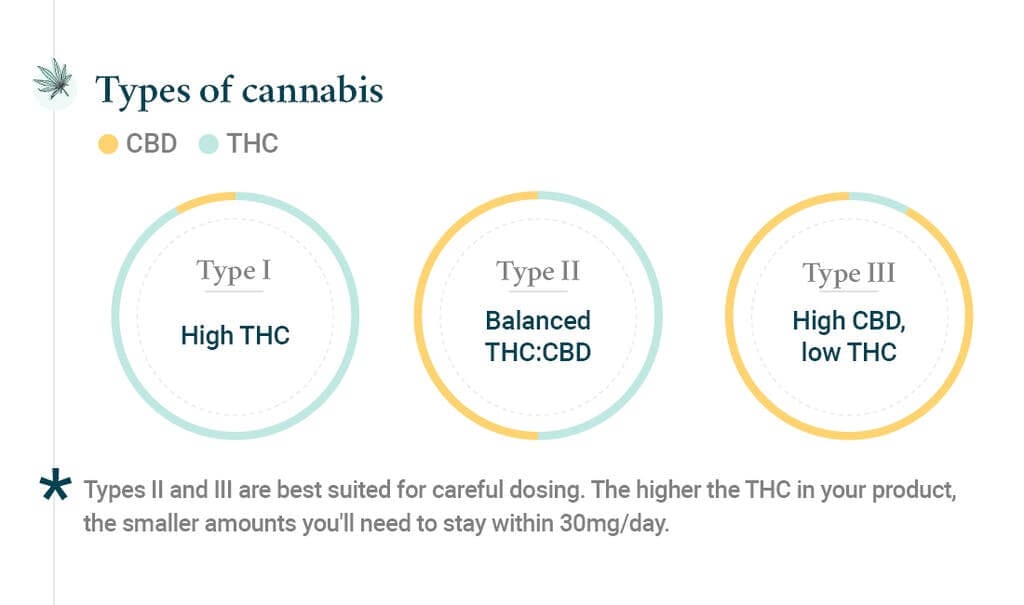
2. Look for terpene measurements
The second most important aspect of how a strain will affect you is the terpene profile. The smelly oils in weed are what gives the plant its infamous scent and the reason why burning cannabis has a strong odor. The terpenes can also influence how a strain affects you.
While it’s not common practice yet, some states are mandating testing for terpenes as well as the cannabinoid profile. Identifying certain terpenes that improve your experience can help you use cannabis intentionally.
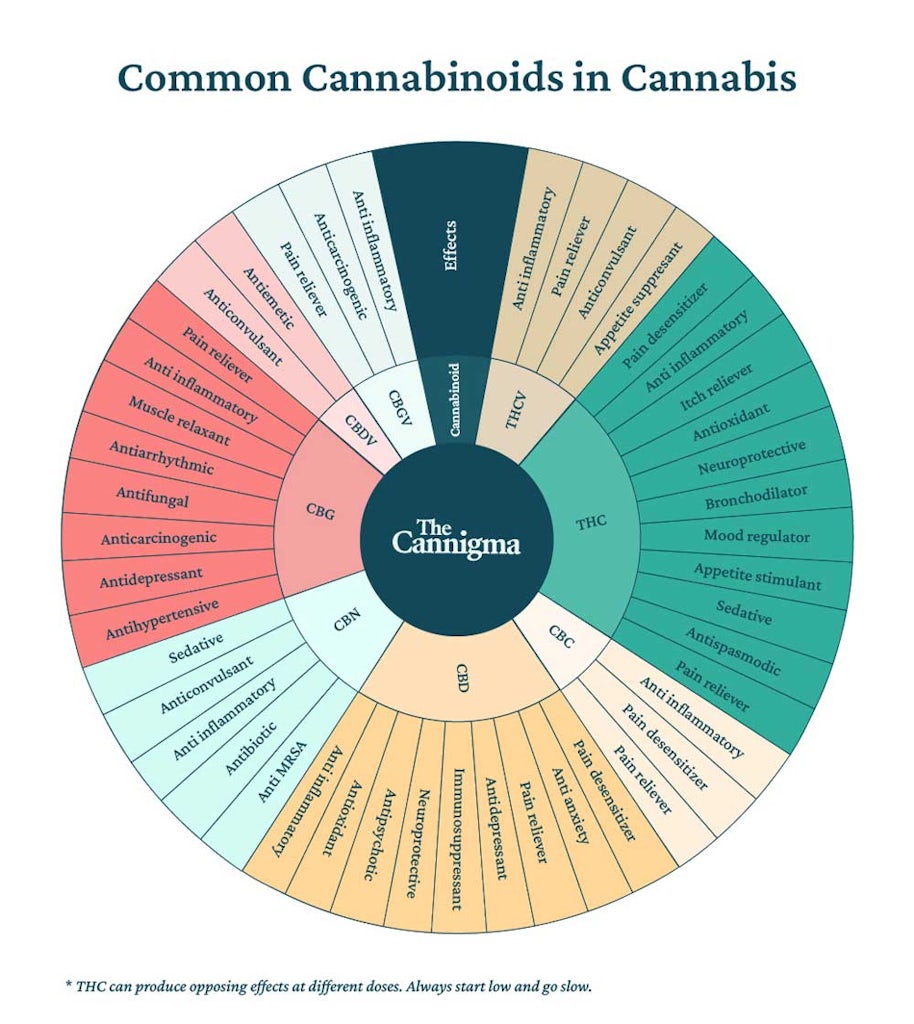
3. Smell the cannabis first!
Cannabis is incredibly aromatic. The terpene profile of the bud affects both the smell and experience, so don’t let a lack of laboratory terpene testing deter you – let your nose lead the way.
You may notice that some strains smell better to you than others, so take note of what the scent is and how it tickles your nose and makes you feel.
Understanding which smells you prefer is a great way to tailor your cannabis experience and rely less on strain names to find the high you’re looking for.
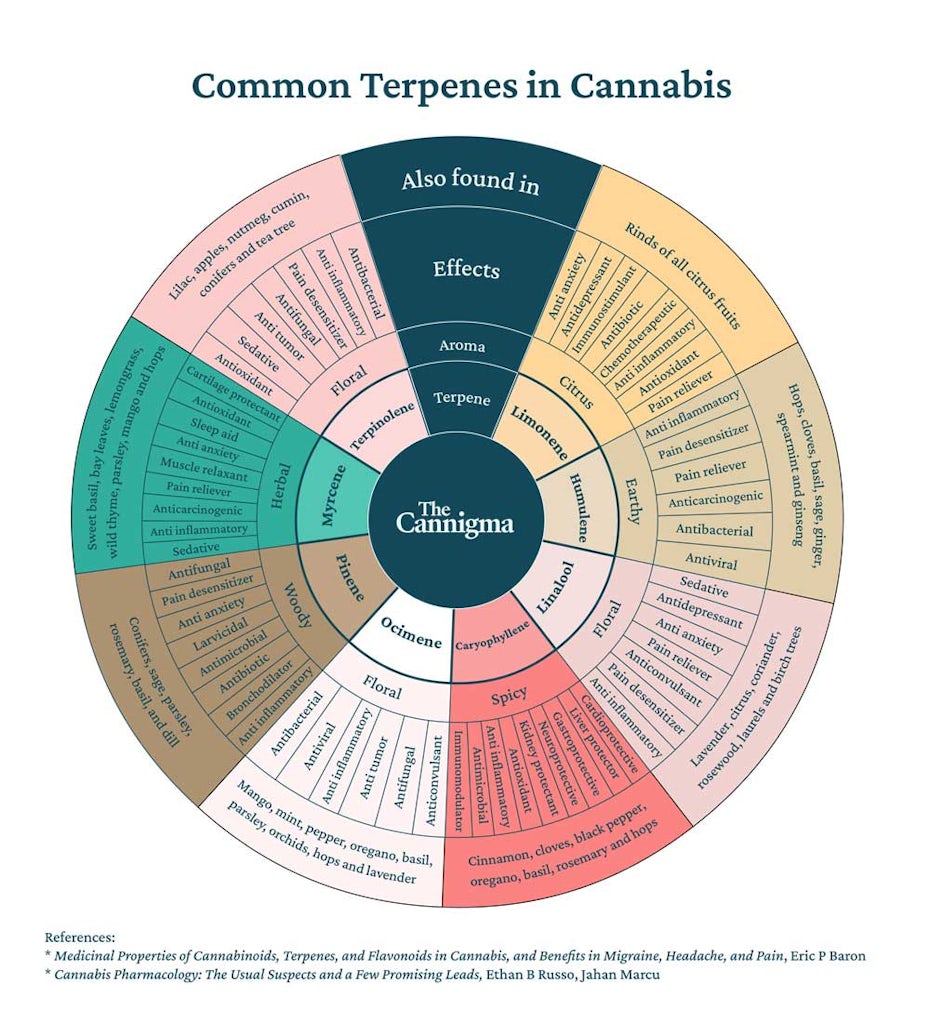
4. Mind the set and setting
Where you are and who you’re smoking with can have a major impact on your experience.
- Smoke somewhere you feel comfortable, like your house or with a close friend.
- Having someone you trust with you can help you ride out any uncomfortable parts of the high by remembering that they’re temporary.
- A good friend can also keep you focused on the positive aspects of your experience.
- Do not mix cannabis and alcohol, at least not as a first time user. This is a common mistake and can easily result in an unpleasant experience and even deter some people from even trying cannabis again.
5. Stay hydrated
Smoking cannabis can cause dry mouth and reduce saliva production so it’s important to get hydrated before you start smoking, and stay hydrated after. Have water, juice, or seltzers on hand during your smoke session. 6
6. Prepare for the high to wear off
A high from smoking can last up to around four hours, so even if you don’t love the experience, it won’t last forever. When you come down, you may feel sleepy or tired, so don’t plan to do much after your first smoking experience.
Enjoy!
Getting high for the first time can be intimidating because no one can predict how you will react. However, there are best practices you can use to ensure a more positive experience. And luckily, most people have a good experience smoking weed – that’s why it’s so popular!
Once you’ve nailed down the art of hitting a joint, it’s time to learn how to roll one.
Sources
- https://www.science.org/doi/10.1126/sciadv.aaw1391
- Sheehan TJ, Hamnett HJ, Beasley R, Fitzmaurice PS. Chemical and physical variations of cannabis smoke from a variety of cannabis samples in New Zealand. Forensic Sci Res. 2018;4(2):168-178. Published 2018 Apr 12. doi:10.1080/20961790.2018.1445937
- Wikler A. Aspects of tolerance to and dependence on cannabis. Ann N Y Acad Sci. 1976;282:126-147. doi:10.1111/j.1749-6632.1976.tb49893.x
- Hollister LE. Health aspects of cannabis. Pharmacol Rev. 1986 Mar;38(1):1-20. PMID: 3520605.
- Lu HC, Mackie K. An Introduction to the Endogenous Cannabinoid System. Biol Psychiatry. 2016;79(7):516-525. doi:10.1016/j.biopsych.2015.07.028
- Prestifilippo JP, Fernández-Solari J, de la Cal C, Iribarne M, Suburo AM, Rettori V, McCann SM, Elverdin JC. Inhibition of salivary secretion by activation of cannabinoid receptors. Exp Biol Med (Maywood). 2006 Sep;231(8):1421-9. doi: 10.1177/153537020623100816. PMID: 16946411.
Sign up for bi-weekly updates, packed full of cannabis education, recipes, and tips. Your inbox will love it.

 Shop
Shop Support
Support
